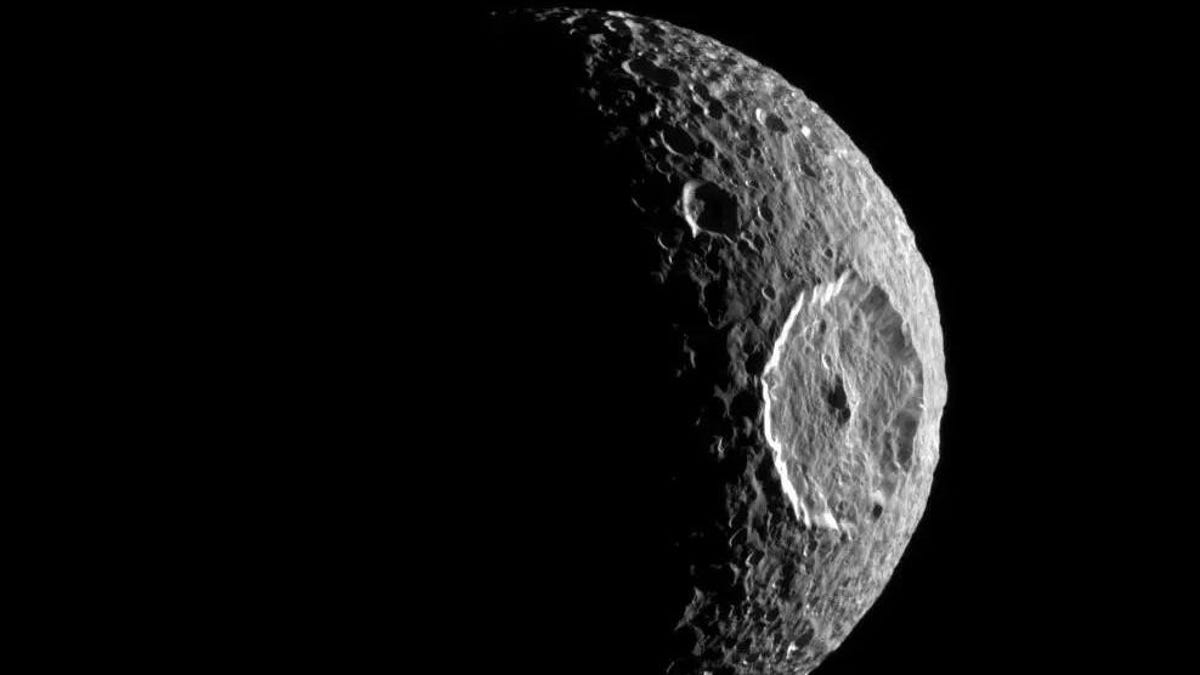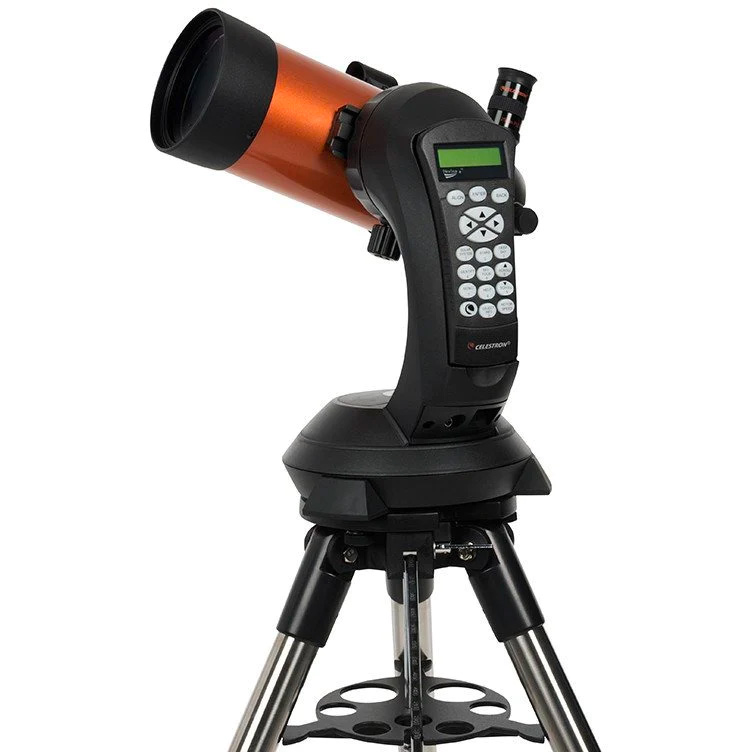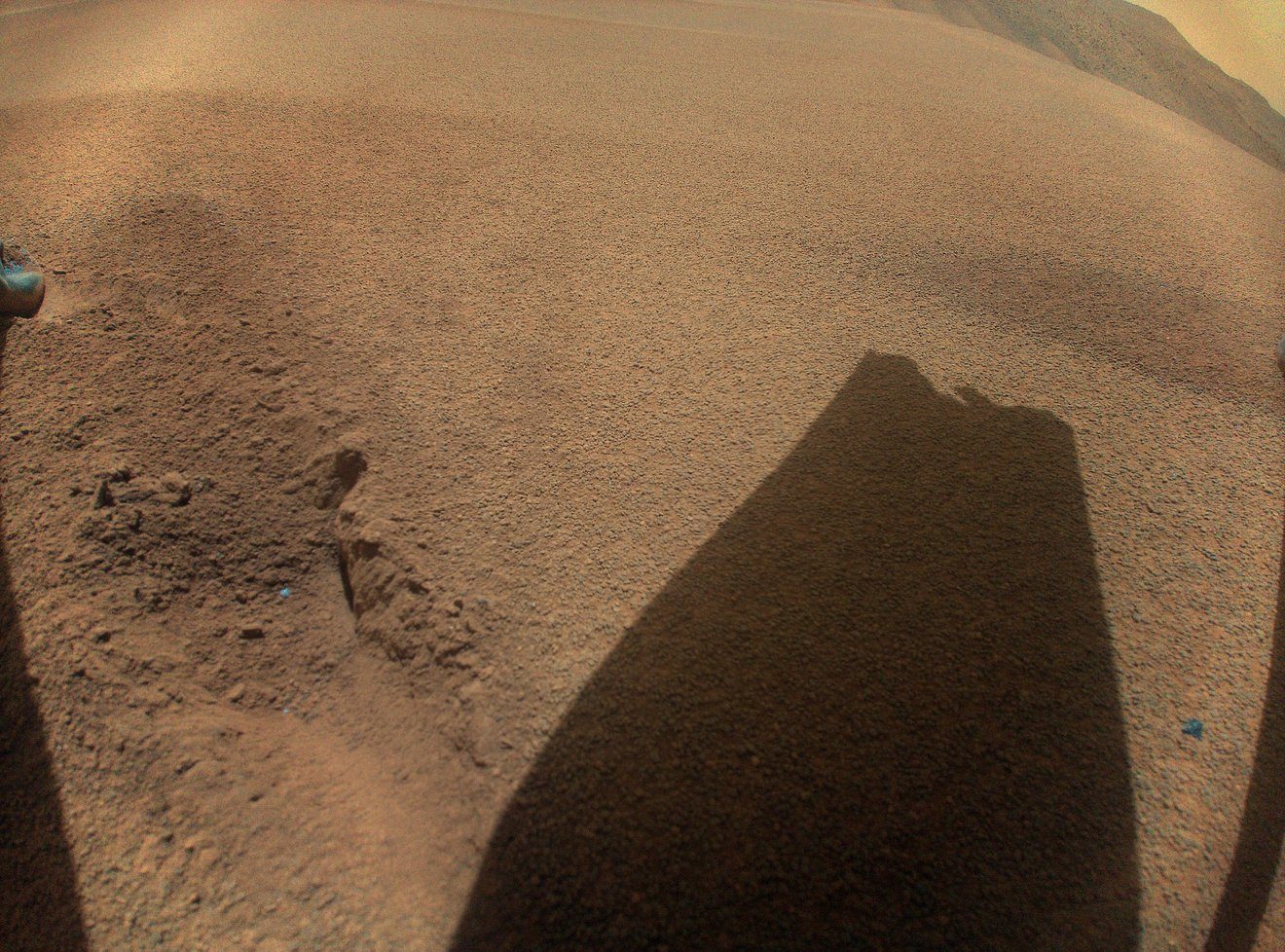A small moon that orbits near Saturn has unveiled a major secret: it holds an ocean hidden beneath its heavily scarred surface. Mimas, which is less than 123 miles wide, is not perfectly round and is covered with deep scars from impacts. Its most noticeable impact crater, Herschel, spans a third of its surface, earning it the nickname Death Star in reference to the gigantic space station from Star Wars. Despite its unassuming appearance, scientists have discovered an ocean 12 to 18 miles beneath its icy shell by analyzing Mimas’ orbital motion.The findings are detailed in a study published in the journal Nature on Wednesday. Using data from the Cassini space probe, which orbited Saturn from 2004 to 2017, researchers observed subtle changes in Mimas’ orbit. Based on its motion and spin as it circled Saturn, the data suggests that Mimas contains a recently formed ocean that is still developing.The ocean is estimated to be around 5 to 15 million years old. In contrast, the internal ocean on Saturn’s moon Enceladus formed around one billion years ago, while Jupiter’s moon Europa has hosted an ocean for nearly 4 billion years. Mimas now joins Enceladus, Europa, as well as Saturn’s moon Titan and Jupiter’s Ganymede, in the list of icy ocean worlds of the solar system, and there could be more out there. Moons made mostly of ice are warmed by tides, which internally melts the ice while the outer shell freezes to form a crust that covers it. These icy moons are considered top candidates for hosting life, with liquid water being a prerequisite for life on Earth.”The existence of a recently formed liquid water ocean makes Mimas a prime candidate for study for researchers investigating the origin of life,” said Nick Cooper, co-author of the study and researcher at the Astronomy Unit of the School of Physical and Chemical Sciences at Queen Mary University of London. The ocean on Mimas reached its current depth only recently, or less than 2 to 3 million years ago, according to the study’s simulations. This time span could mean that life may not have had a chance to form just yet, offering a rare early glimpse of the conditions of habitability in the solar system. Although Mars may resemble Earth the most and is a hotspot for searching for habitability outside of our planet, the solar system’s icy moons are considered ideal for exploring alien life. The JUICE mission is currently on its way to study Jupiter’s icy moons, searching for signs of habitability. There are also plans in the works to send another spacecraft to the ringed planet and its moons, particularly Enceladus, but those await approval. In the meantime, pondering the potential types of life that may exist on Saturn’s disfigured moon is a fascinating prospect.More: Saturn’s Moon Enceladus Is Belching Up a Key Life Ingredient
Saturn’s ‘Death Star’ Moon Is Hiding an Ocean Beneath Its Mangled Surface














